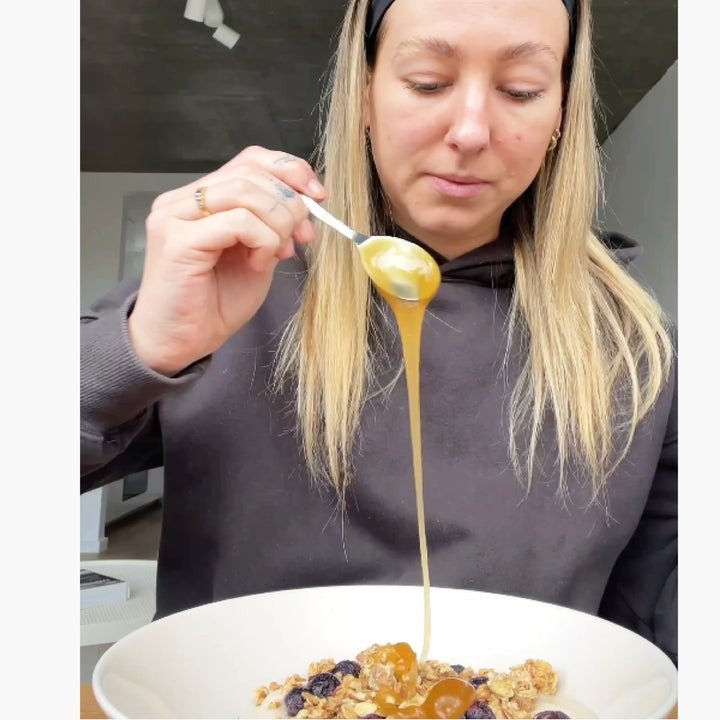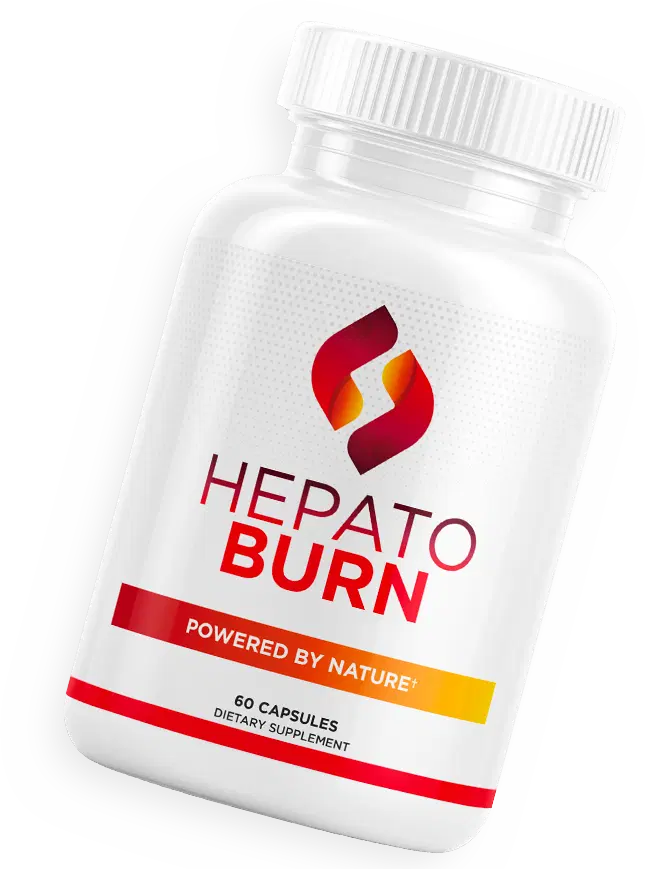Explore the Sweet World of a Honey Farm: Nature’s Golden Gift

Honey has long been treasured for its natural sweetness, healing properties, and role in cultures around the world. But have you ever wondered where that golden nectar truly comes from? A honey farm is more than just a place where bees produce honey — it’s a vibrant ecosystem, a hub of sustainability, and a fascinating destination for those curious about nature’s processes.
In this article, we’ll dive into the captivating world of honey farms, exploring how they work, why they matter, and how you can get involved—whether as a visitor, a buyer of local honey, or even a backyard beekeeper.
What Is a Honey Farm?
A honey farm, also known as an apiary, is a location where beekeepers raise bees primarily for honey production. However, honey is just one part of the equation. These farms also support pollination, beeswax harvesting, and often play a crucial role in local agriculture by helping crops thrive.
The setup of a honey farm typically includes multiple beehives, floral sources for nectar, and specialized equipment for honey extraction and storage. Some farms are small, family-run businesses, while others operate at a commercial scale, supplying honey to markets both locally and internationally.
How Honey Is Made on a Honey Farm
Honey production is a miraculous process that begins with nectar collection. Here's a breakdown of how it happens:
1. Nectar Foraging
Worker bees fly out in search of nectar from blooming flowers. Once found, they collect the nectar using their long tongues and store it in a special part of their body called the "honey stomach."
2. Nectar Transfer
Upon returning to the hive, the bees transfer the nectar to other worker bees, who begin the process of reducing the water content through chewing and evaporation.
3. Honeycomb Storage
The thickened nectar is then placed into the hexagonal wax cells of the honeycomb and sealed with beeswax. This is where the nectar transforms into honey over time.
4. Harvesting
Beekeepers collect the honey using extractors, strainers, and containers to bottle it for sale. Many honey farms also leave ample honey for the bees, especially for their winter food supply.
The Importance of Honey Farms in Agriculture
While honey is delicious and valuable, the true impact of a honey farm extends far beyond the jar. Bees are among the most vital pollinators in the world, and their activity supports the growth of countless crops, from apples to almonds.
Here’s why honey farms are essential:
-
Crop Pollination: Bees from honey farms are often transported to orchards and fields during blooming seasons to help pollinate crops, boosting yield and quality.
-
Biodiversity: Beekeeping encourages the growth of wildflowers and native plants, promoting local biodiversity.
-
Sustainable Practices: Many honey farms operate organically, reducing the use of pesticides and promoting eco-friendly farming.
-
Education & Awareness: Honey farms serve as learning centers for schools, families, and nature lovers, offering firsthand experiences of environmental stewardship.
What You’ll Find at a Honey Farm
Visiting a honey farm can be an eye-opening experience. Many farms open their doors to the public for tours, tastings, and educational workshops. Here's what you might discover:
Guided Tours
Walk among the hives (from a safe distance, of course), learn about bee anatomy, and see how honey is harvested.
Bee Observation Stations
Some farms offer glass observation hives so you can safely watch the bees at work inside their colony.
Honey Tasting
Taste honey in its purest form—raw, unfiltered, and full of unique flavors based on the flowers the bees have pollinated.
Farm Stores
Most honey farms have a shop where you can purchase fresh honey, beeswax candles, honey-infused skincare, and other natural products.
Beekeeping Classes
For those inspired to dive deeper, many farms offer beginner workshops on how to start your own hive at home.
Types of Honey You’ll Find on a Honey Farm
The taste and appearance of honey can vary depending on the flowers the bees visit. Here are some common types you might find at a honey farm:
-
Wildflower Honey: A blend of nectar from various wildflowers, offering a rich, robust flavor.
-
Clover Honey: Light and mild, perfect for tea or drizzling on toast.
-
Orange Blossom Honey: Slightly citrusy, with floral undertones.
-
Buckwheat Honey: Dark and molasses-like, packed with antioxidants.
-
Lavender or Infused Honey: Crafted with natural flavors from herbs or fruits.
Each type of honey reflects the local environment and changing seasons—making each jar a unique experience.
How to Choose the Right Honey Farm
If you're interested in buying honey directly or visiting a honey farm, keep the following in mind:
-
Location: Look for farms close to your area for the freshest experience.
-
Sustainability Practices: Choose farms that prioritize organic or chemical-free methods.
-
Transparency: Farms that are open about their practices, invite visitors, and explain how their bees are treated are often more trustworthy.
-
Certifications: Check for organic certification or local beekeeping association memberships if quality and ethics matter to you.
A quick online search or recommendation from a local farmers' market can point you in the right direction.
Starting Your Own Mini Honey Farm
Inspired by what you’ve learned? Starting your own backyard hive can be a rewarding hobby. While it requires research, equipment, and commitment, home beekeeping is growing in popularity.
Here’s what you’ll need:
-
Beehive setup: Includes frames, boxes, and a queen excluder.
-
Beekeeping suit and tools: For safe and efficient hive management.
-
Bee colony: You can buy starter colonies (nucs) or catch swarms with expert help.
-
Knowledge: Consider taking a course or joining a local beekeeping group.
Even a small setup can yield honey, beeswax, and the joy of contributing to bee conservation.
Honey Farms and Environmental Impact
At a time when bee populations are declining due to habitat loss, pesticides, and disease, honey farms play a critical role in conservation. Ethical beekeeping supports healthy bee colonies, contributes to research, and spreads awareness about the threats bees face.
Supporting a honey farm means you’re not only enjoying a delicious natural product but also participating in a movement to protect pollinators and preserve ecosystems.
Final Thoughts
A honey farm isn’t just a place where honey is made—it’s where nature, science, and sustainability intersect. Whether you’re a food enthusiast, an environmental advocate, or simply someone who loves sweet things, exploring your local honey farm offers insights into a magical, buzzing world often taken for granted.
Next time you spoon honey into your tea or spread it on toast, remember the intricate process and dedicated people behind every drop. Better yet—go visit a honey farm, support local beekeepers, and discover firsthand the beauty and importance of this golden gift from nature.
What's Your Reaction?
















